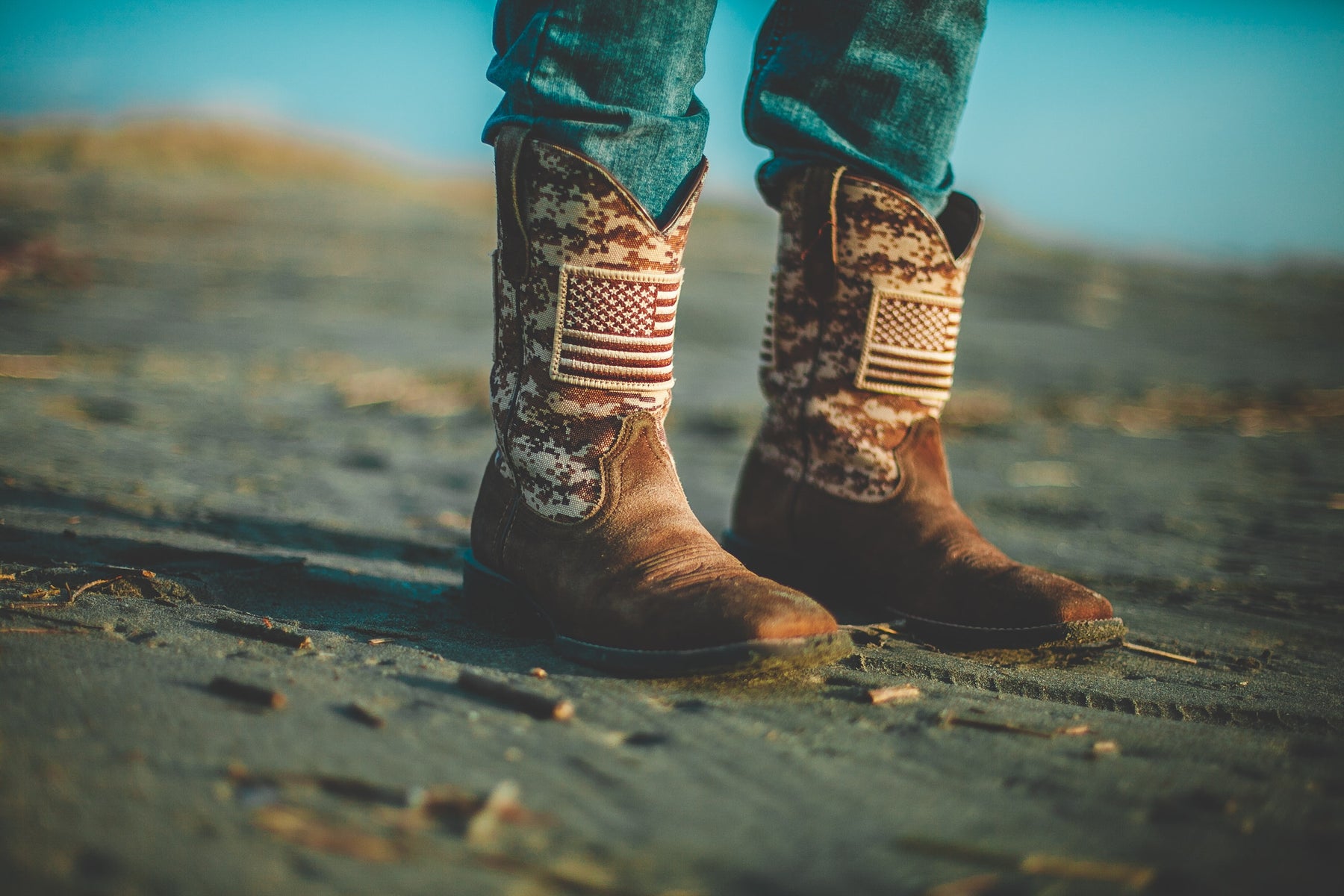
What kind of leather is best for making boots?
Nothing gives you the touch and feel of pure leather as much as wearing it. And when it comes to wearing leather, as the real animal hide dramatically covers your body, shoes have always topped the list. The actual strength and durability of leather is put to test, with the tireless tramping, treading, and rushing of a million feet we get to see around. And, leather, never complains. The idea of putting leather to cover the busiest part of your body was probably believing this fact and having an unsurpassable faith on the solidarity of genuine hide.
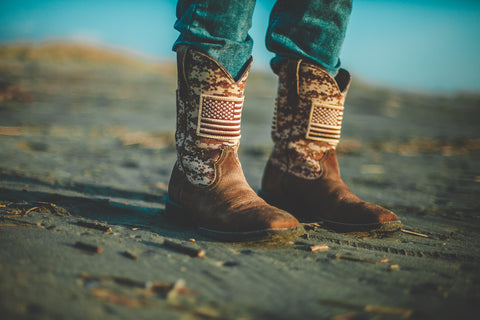
While history has evidently delved the fact, that man had stepped into leather even 35000-40000 years back, however, the oldest leather shoe evidence dates 5500 years back, found in an Armenian cave, an original cowhide moccasin. It is thankfully preserved in the museum now.
We will probably need another article to know how beautifully leather was crafted by ancient humans, the wildest range of boots you can try imagine and also the maintenance and perfect storage of your boots, but returning to contemporary leather, boots have sustained few of its ancient origins, and yet developed wider perfections:
Let’s have a look at which leather makes the perfect fit for your kind of boot preference:
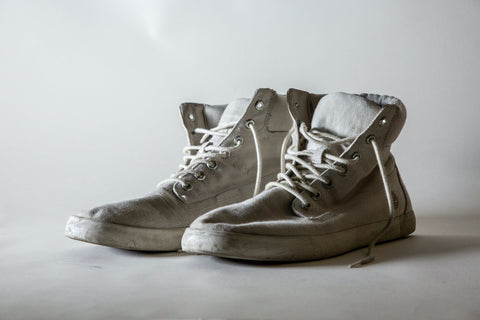
Chamois – Originally taken from the European mountain goat-antelope chamois (Rupicapra Rupicapra) this has now been adapted and spread to the sheepskin and deerskin too. The unique features of chamois leather are its absorbance, no abrasion & porous properties, which has made it popular since 1709. This exclusive piece is specially oil-tanned and wax-treated to maximize its
porous and absorption properties. This leather will certainly make your boots the perfect fit, an excellent comfort, great in the humid areas or during the monsoons, and cleaning, doesn’t matter anymore!
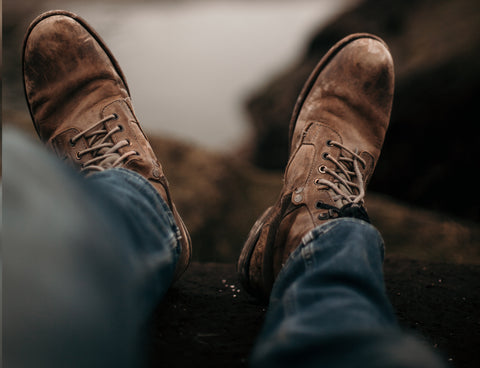
Steer hide – This is the bovine leather from the male cows called steers. This is thinner and stiffer than cowhide at the beginning which makes it a wonderful mould. However, the best part is it grows more natural and flexible with more usage and wear. It also has a natural shine which is often highlighted nowadays with increased oil tanning. So if you like your boot-skin to be sleek, and shinier, you can easily go for a steer-skin boot

Veg Tanned – Vegetable tanning has been the most ancient technique for leather tanning until the most recent chrome tanning came into the picture. Tanning is a process in which the tannins in living plants, leaves, barks or even fruits are used as agents to bind the collagen protein fibres inside the skin, so the skin doesn’t rot, becomes resistant to water, moisture and bacteria and hence is more durable. Veg tanned leather is highly time consuming, and may take from 2-3 months in the entire tanning process. While chrome tanning using chromium sulphite as the tanning agent has unnaturally sped up the process tanning leather in just one single day, veg tanned leather is way more durable than chrome tanned leather. Also, if you do not want all those chrome-blue wastes getting drained into the fresh water sources from these leather industries, you may certainly get yourselves the best of veg tanned boots.

Retan – This might surprise a lot of our consumers. Most of the leather-lovers are aware enough to check on the tanning processes, the leather treatment and quality; however, something that we often miss is the ‘retan’ process, a crucial stage during the tanning process. This is the real impregnation process that introduces the preserved leather to its own world of oils, waxes, aroma
and other extracts like aldehydes, syntans, mineral tanning resins etc. The induced retan processes make leather further resistant to alkali and moisture, give it uniform touch and feel, increase its elasticity, tightness and also make it fuller and more compact.

Kudu – Kudu leather is taken from a South African antelope species common in Namibia, Angola, Botswana, Chad, and other nearby regions. It is widely popular due to its own unique leather texture. It is buffed towards the grain side whereas it has a very soft suede texture on the reverse. The most exclusive feature of kudu leather is the scars, scratches, and blemishes naturally evident from the battles in the thorny African bushes. It is definitely strong and also develops a clear patina after prolonged usage. Kudu boots will be a wonderful choice.

Nubuck – This is another of its kind. An attractive velvety surface created by sanding and buffing on the grain side, giving it a slight nap of protein fibers, this to some extent resembles suede. This is, however, pretty more expensive than suede, is of higher strength and thickness, has finer grains, and is heavily dyed to cover the sanding marks. Though it scratches easily, but people who love Nubuck are fond of the bold and beautiful shades they can be dyed into and the texture remains warm and yet more durable than suede.

Suede – Suede Leather since the last few years is trending the chart due to its radiant and attractive texture. Unlike Nubuck, this is not a whole grain leather. Instead, the top grain part is taken off and the layer near the inner fleshy part is sanded and buffed to create the velvet-like texture. However, most of the common suede materials are all split suedes where a single skin surface is further split into 2-3 pieces and buffed to create a thin rugged surface. A full skin suede is generally termed as reverse calf suede.

Roughout – Not to be confused this is just another of those pre textured leather, a full-grain suede. A full-grain leather flipped to use the reverse side of it. The fuzzy, textured inner is exposed on the outer, further sanded and buffed to create a wonderful fuzz surface. Roughout leather is being the most dedicatedly favorite of all leather fans.
These are a few of the most common leather grades that may possible become your next boot option. We may take another day to discuss other grades like Pull up leather, Full Grain, Top Grain, Scotch Grain / Pebble Grain, Shell Cordovan, Calfskin, Patent Leather, Outsole & Insole leather. While we also would come up with different hide options to give you the most obvious choice only a hand sweep away, you need to come back for the rest of it.

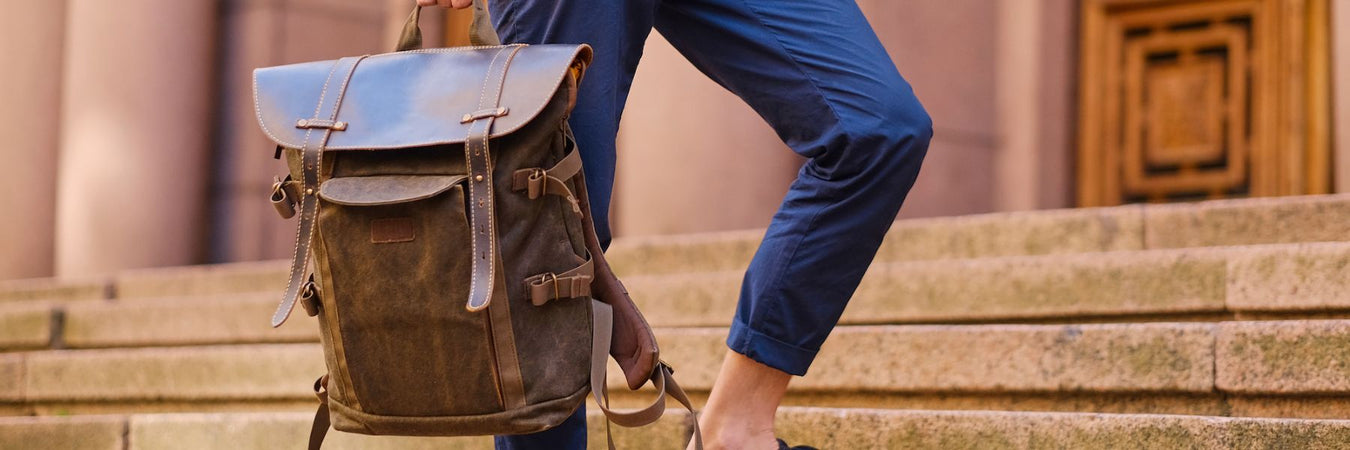
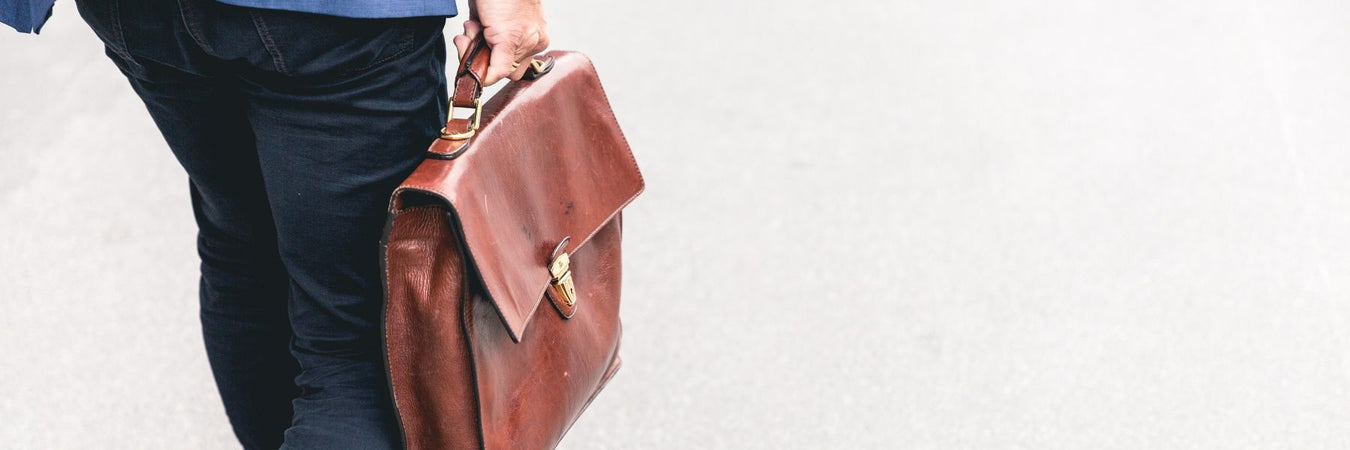
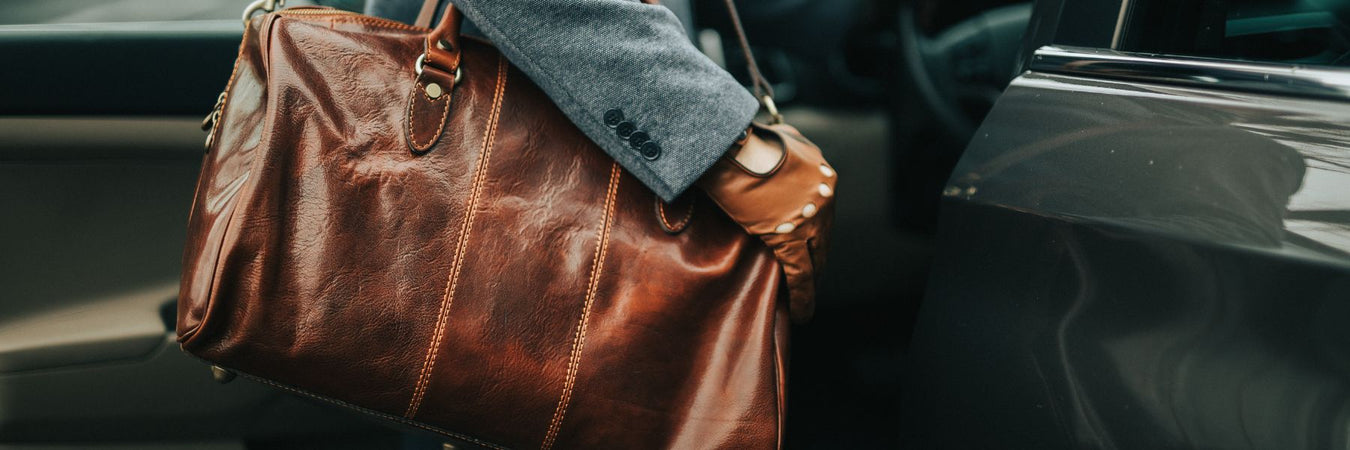
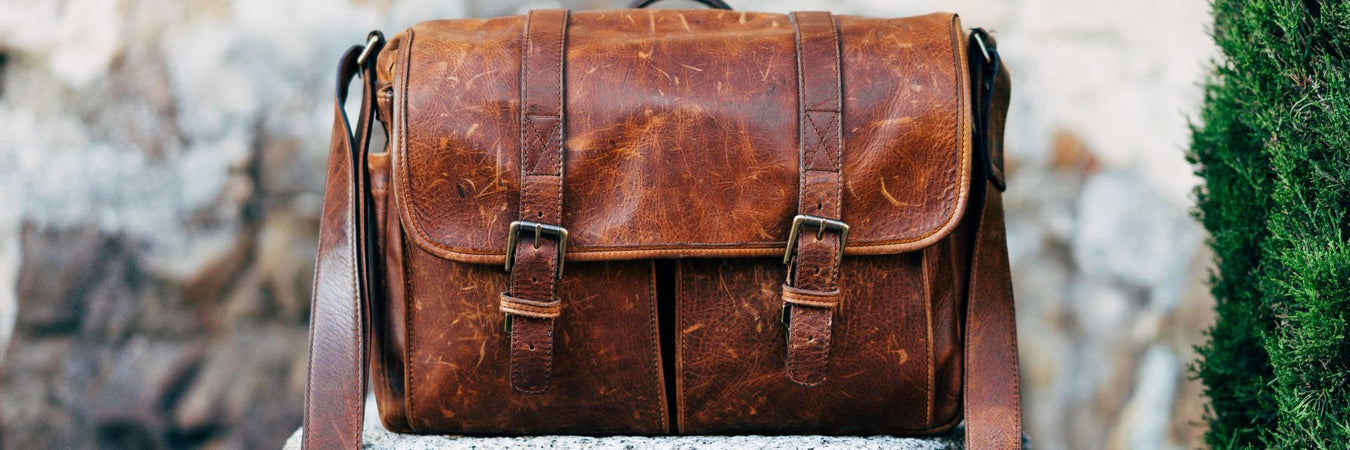
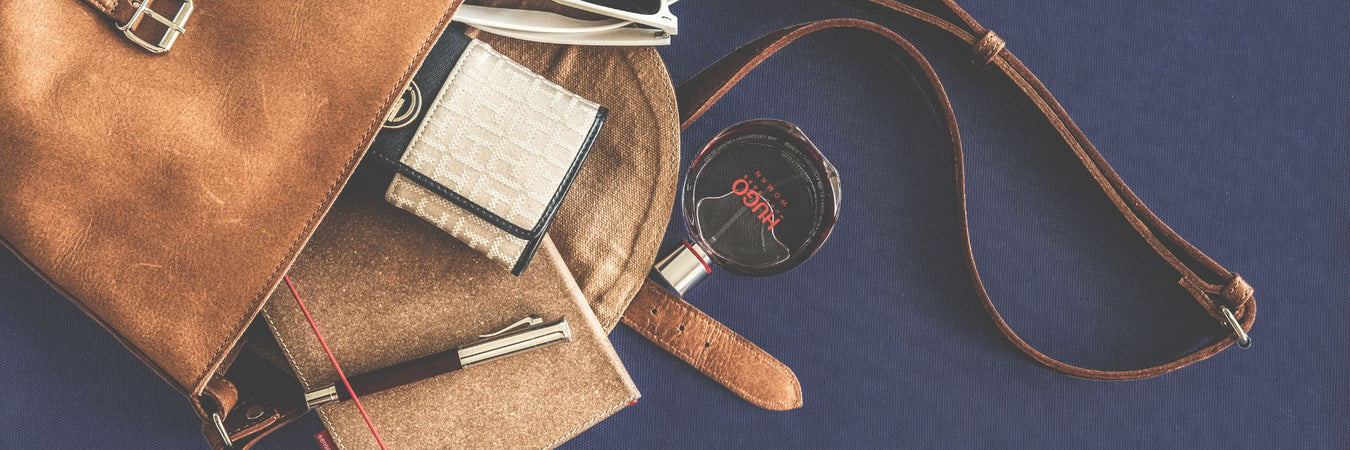
Leave a comment